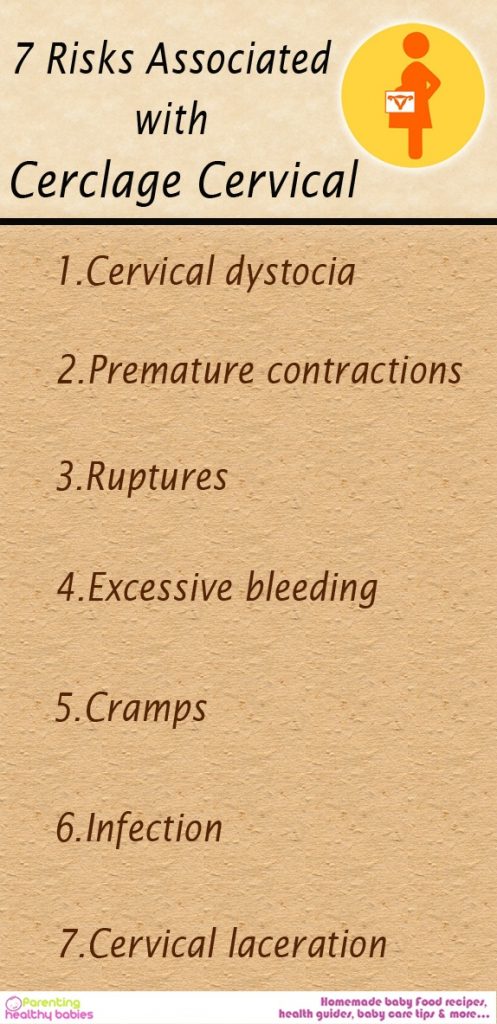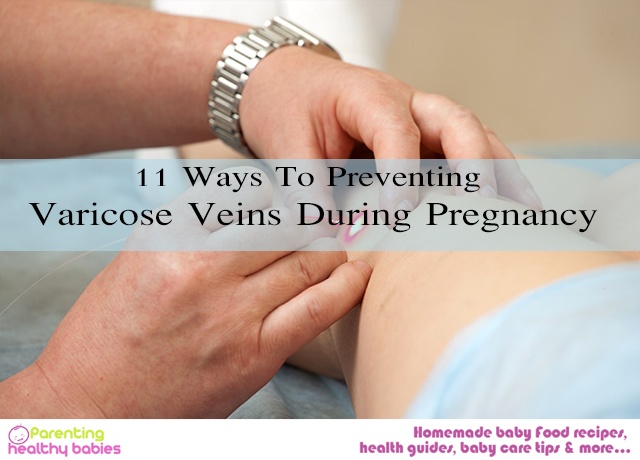If you have a weak cervix it is likely that your doctor may have suggested a cerclage cervical procedure to help you have a baby without a miscarriage. However, like with most medical procedures, this too comes with its own set of risks. Read on to know more about the risks of undergoing cervical cerclage.
Premature births often take place when the cervix of a woman turns weak. The reason is, the cervix shortens, and opens up too early. This leads to premature labor and results in various complications during childbirth. Physicians often recommend a cervical cerclageto prevent premature delivery. This prevents early changes from taking place in the cervix of pregnant women. This prevents the possibilities of premature labour. In a closed cervix, the baby can stay inside the uterus till the 37th or 38th week of pregnancy.
Read More: Benefits of Cervical Cerclage You Need to Know
Why are cervical cerclages used?
Cervical cerclage is a surgical procedure, used to treat the incompetence of the cervical area. In this process, the cervix is closed during pregnancy. It is sewed to close the opening. This is the lowest area of the uterus and connects it to the vagina.
Treatment for cervical incompetence is a surgical procedure called cervicalcerclage, in which the cervix is sewn closed during pregnancy. The cervix is the lowest part of the uterus and extends into the vagina. During pregnancy, the cervix may open under pressure, leading to premature delivery. When it is closed, this chance is eliminated, so the mother can give birth to a healthy child.
What factors may lead to a weak cervix?
Well, this surgery is not necessary for all women. In case the woman has given premature deliveries in the past, this measure needs to be taken. Women having a record of miscarriages during the second trimester should have a cerclage cervical placed to avoid the risk. If the woman had undergone ‘LEEP’ or ‘cone biopsy’ procedures in the past, she should have a cerclage cervical placed during pregnancy. In other cases, the cervix gets damaged while abortions. If the person had aborted the foetus in past, a cerclage cervical may be necessary.
What are the risks associated with the process?
Although placing a cerclage cervical reduces the chances of premature delivery, certain risks are associated with the process. Read on to know the risks to which you may be exposed.
7 Risks Associated with Cerclage Cervical
Cervical dystocia
Cervical dystocia is a condition where it is unable to undergo normal contraction in the course of labour. This may result in further complications in the body.
Premature contractions
Premature contractions and labour remains a threat after the cerclagecervical is placed. Therefore, the person may be monitored overnight in the hospital. However, the threat seems to be minimum at times and you may be released after a few hours from the hospital.
Ruptures
In certain cases, the membranes can get ruptured during the process. Although these rarely take place, it may require additional medical attention.
Excessive bleeding
Although placing a cerclage cervical involves a substantial amount of bleeding, it stops after a certain time. One of the key risks in the process is that the bleeding refuses to cease. In these cases, you may have to remain hospitalized for a longer duration. The bleeding may continue for a few days, and a lot of blood gets drained off from the body. Doctors take necessary measures to replenish the fluid.
Cramps
After you undergo the surgery, you may experience mild to heavy cramping. However, it stops after a few days. The thickness of vaginal discharge increases during this period. In certain cases, you may experience this condition for the rest of your pregnancy period. This can cause a lot of discomfiture and you need to seek medical advice to make yourself comfortable.
Infection
In certain cases, infections can affect the area which gets sewn up during the process. It increases the pain and level of discomfiture.
Cervical laceration
At times, the labour may take place even before the removal of cerclage. This can result in additional problems during delivery.
The ideal time to place a cerclage cervical is during the third month of pregnancy, when the foetus is 12 to 14 weeks old. However, in certain cases, the cerclage cervical may have to be placed at a later stage during pregnancy. These are necessary after the shortening or opening of the cervix begins. This is known as ‘emergent cerclage’. Women needing emergent cerclage require the same in future pregnancies as well. Speak to your doctor about the risks associated with the process before you place a cerclage cervical.
References:
http://americanpregnancy.org/pregnancy-complications/cervical-cerclage/
https://www.webmd.com/baby/cervical-cerclage-to-prevent-preterm-delivery













